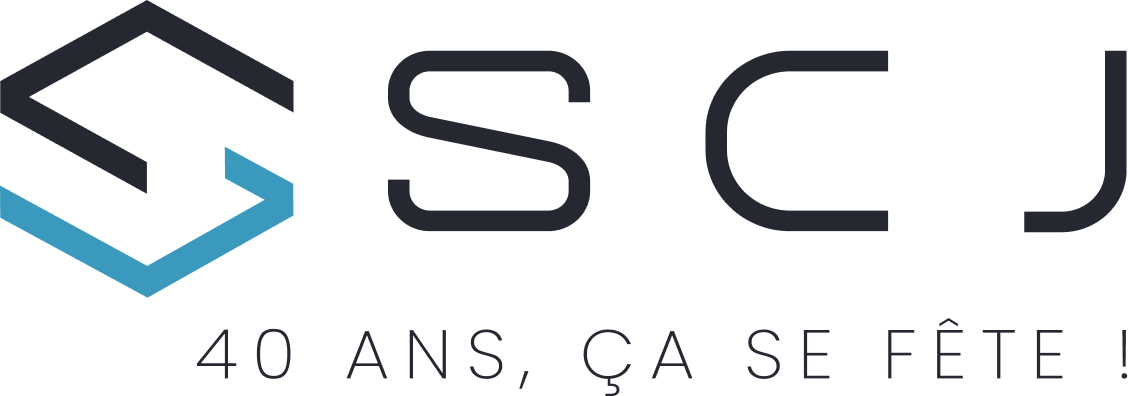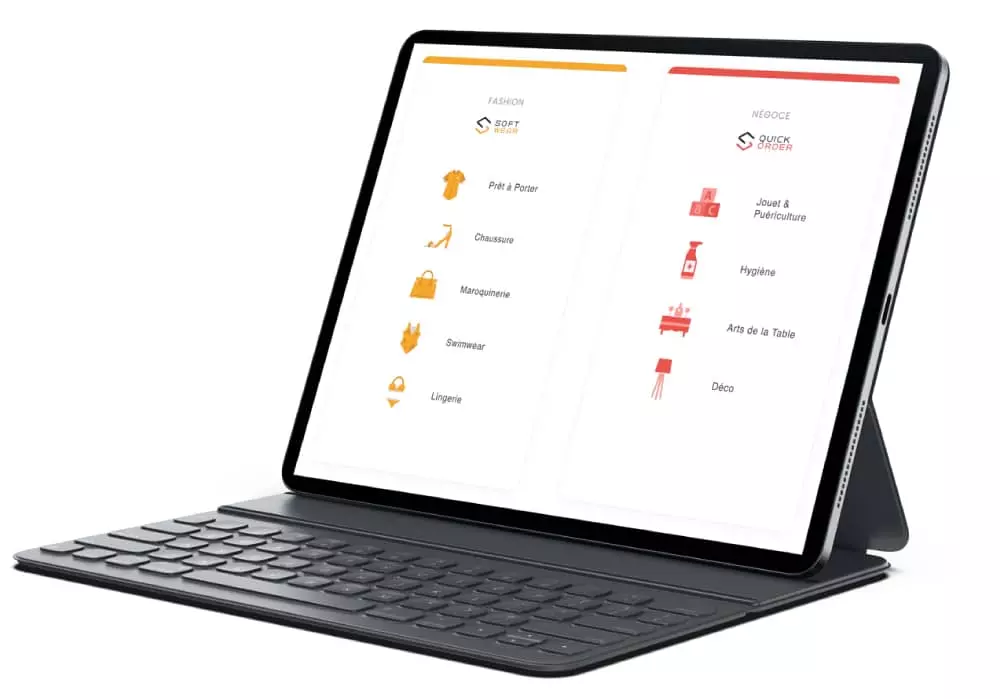Avoid the “one-shot” trap and invest in continuous learning
Your digital transformation is underway — you’ve implemented a B2B platform and/or equipped your sales teams with an order-taking application to boost sales.
However, once these digital tools are deployed, too many companies make the mistake of believing that a single training session (a so-called “one-shot” training) is enough to make their sales teams fully operational. Even though most digital tools are designed to be intuitive, without regular support, users risk missing out on advanced features or new updates. This often leads to underuse of the tools — and even a return to traditional, less efficient methods.
In this article, we will explore how to establish an effective continuous training approach to help teams master digital tools, stay up to date with changes, and ensure long-term adoption.
1. The limitations of “one-shot” training
- Knowledge needs regular updating
B2B digital tools are constantly evolving — new features, redesigned interfaces, integrations, regular updates… A one-time training session, no matter how thorough, cannot cover all future changes. Without ongoing support, users risk missing out on new functionalities, resulting in underutilization of advanced features, errors due to misunderstanding, and a loss of productivity.
- Partial adoption and persistent resistance to change
A single training session often results in only partial mastery of digital tools. Some team members retain only the basics, without developing full autonomy or curiosity to explore further. This lack of confidence can lead to resistance to change, pushing users back to old habits — Excel files, paper documents, phone calls — which reduces the effectiveness of digital solutions. Without continuous guidance, this resistance can persist and slow down the digital transformation process.
2. Continuous training: a winning strategy
Continuous training means organizing regular, targeted sessions that adapt to both the evolution of digital tools and user needs. This progressive approach helps teams discover new features and best practices step by step, integrating them smoothly into their daily routines.
- With a practical, hands-on approach
Combining feature demonstrations with hands-on practice is a real advantage. Practical exercises — such as creating a customer record or running test orders — help participants get comfortable with the tool and apply what they’ve learned immediately.
Don’t limit your training to virtual sessions for convenience or cost reasons. In-person sessions often offer richer interactions, especially with larger groups, providing direct access to the trainer and better engagement.

- Microlearning: step-by-step skill building
Team training can also be complemented by short, focused modules in various formats — such as 5-minute video tutorials dedicated to specific features.These bite-sized resources promote progressive learning and help users put their knowledge into practice, without disrupting their daily activities.
- Internal support is key
A successful and sustainable digital adoption strategy relies on more than just regular training — it requires ongoing internal support. Establishing digital ambassadors or internal reference points ensures proper tool usage, identifies user challenges, and promotes best practices across the team.
Managers also play a key role by integrating training into professional objectives. Training should not be seen as a constraint, but as a driver of skill development and performance.
Finally, leadership must be fully committed to the value of training, helping employees embrace digital tools and maintain long-term engagement.

- High-quality training and dedicated support: the keys to success
For training to be truly effective, it must be tailored to the learners’ profiles and needs. Partnering with a certified training organization (such as those holding the French Qualiopi certification) guarantees high-quality, relevant content that fosters user engagement and improves results.
In addition, a responsive and knowledgeable support service is a valuable complement to training. It assists users during onboarding, answers questions, and guides them in mastering their new tools — an essential factor when choosing a digital solutions provider.
- Measuring the impact of training
Collecting user feedback during and after training sessions is crucial to measure effectiveness and continuously improve both the program and the digital tool itself. This feedback can take different forms : live Questions & Answers sessions during training, post-training satisfaction surveys and follow-up evaluations several weeks after implementation.
See also
Investing in training: the key to maximizing the benefits of your B2B digital solutions








